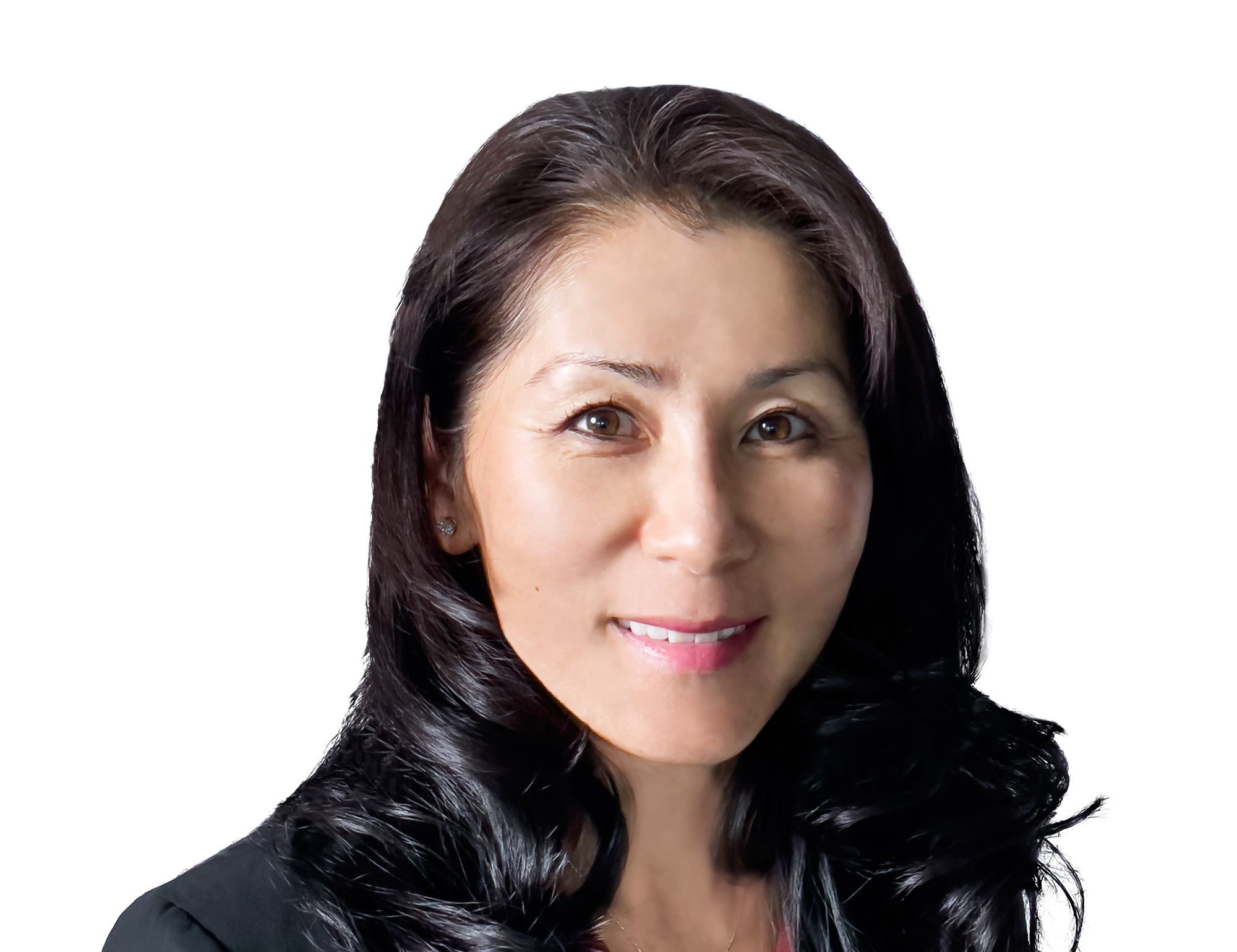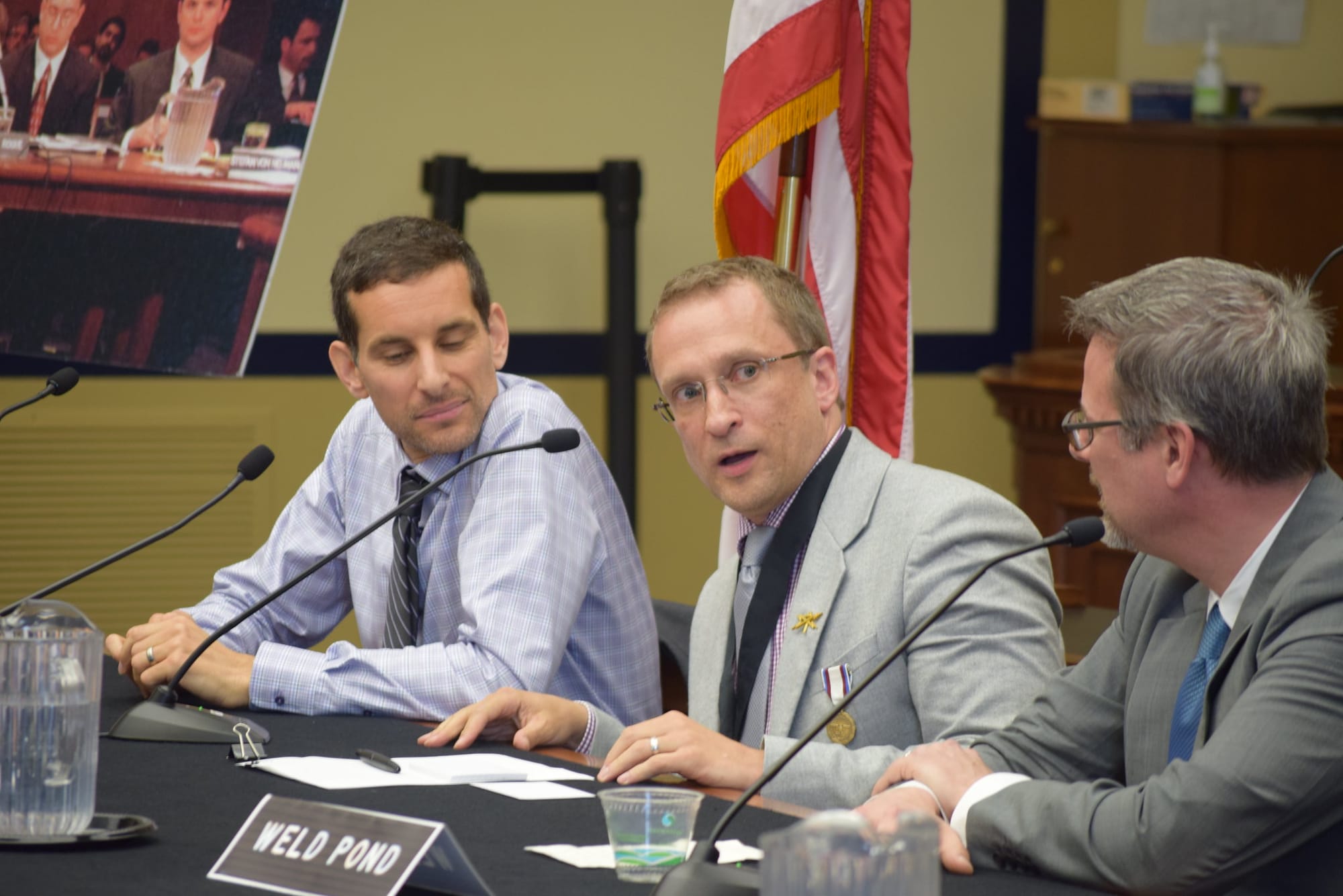Oracle’s Chief Information Officer Jae Sook Evans wears two hats at work: A CIO one, running internal IT strategy and operations to deliver the software heavyweight’s own digital transformation, and an EVP one for Oracle Cloud Infrastructure, leading delivery of its platform services.
It is, she tells The Stack, a particularly fruitful mix of responsibilities; straddling close partnerships with both internal and external customers.
Her hands-on experience with infrastructure and application modernisation to ensure Oracle’s own internal operations are optimised puts her close to the aspirations and pain points of fellow CIO customers when handling the broad remit of responsibilities she has as EVP of OCI platform services. (She owns “when you go into the console and set up your tenancy, those components: identity, operations, support, and security.”)
It’s a multifaceted job (“sometimes I sleep” she quips) but also a compelling one and Evans says cheerfully that “the cool exciting thing that I get to do is be part of building out this fascinating cloud and beyond.”
"We had a lot of disparate infrastructure..."
To that Oracle CIO role: She joined the company in early 2020 after five years at Walmart, as SVP, Global Infrastructure Engineering and Operations and embarked on an internal shakeup at Oracle that included a sweeping overhaul of its application estate and a significant cloud migration to its own cloud platform; again, another “customer zero” type experience that has informed how she runs OCI services for customers.
Oracle’s CIO tells The Stack candidly: “We had a lot of disparate infrastructure and applications. Oftentimes, we didn't know what was where and how much of it we were even consuming. So the first thing we did is we spent the time understanding that landscape, collecting that inventory, having a single source of truth. Then as we started to do that, and we migrated the workloads onto our cloud and got the efficiencies, we [tackled] assumptions that infrastructure’s free; that was another thing we had to address. The overall story,” she says though, “was [one of any] enterprise who's kind of going through this cloud journey…”
How so?








